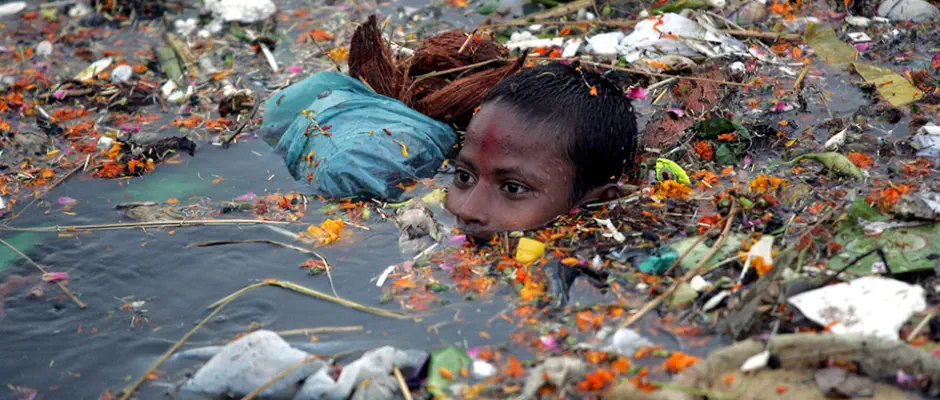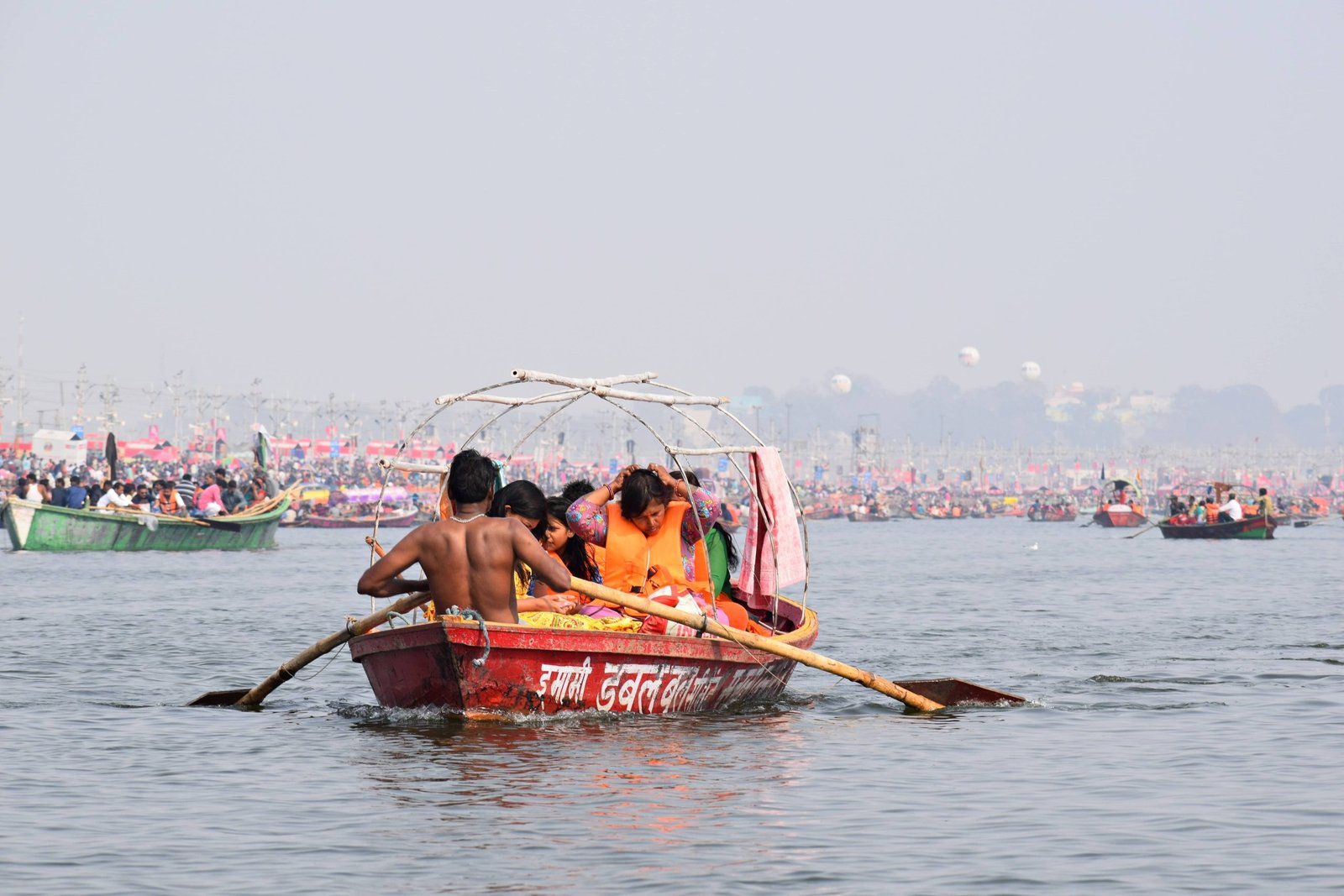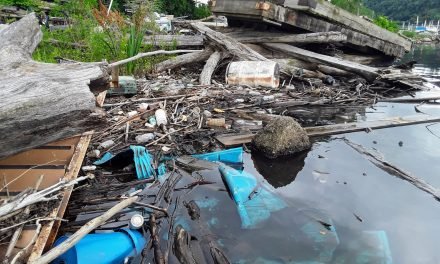India’s revered Ganges River, often hailed as the nation’s lifeline, is facing a deep-rooted menace that threatens its very existence.
The pollution of the Ganges River has reached alarming levels, transforming it into a silent killer, wreaking havoc on the environment, and endangering the health and livelihoods of millions.
In this article, we shed light on the gravity of the crisis, its impact on ecosystems and communities, and the urgent need for immediate action.
How polluted is the Ganges River?
Every day, a staggering three million liters of untreated sewage are mercilessly poured into the Ganges River, with a mere half of that undergoing any form of treatment.
This overwhelming volume of sewage alone is enough to tarnish the river’s once-pristine waters, earning it a notorious distinction as one of the most polluted waterways worldwide.
However, the pollution saga does not end there. The Ganges River bears the burden of numerous industrial sectors that carelessly discharge their waste without proper treatment.
Tanneries, chemical plants, textile mills, slaughterhouses, and even hospitals brazenly dump their untreated waste into the river, further compounding the contamination crisis.
How is it impacting Human Health?

An Indian boy swimming in the Ganges River. Photo: Harish Tyagi / EPA
Beyond ecological devastation, the pollution of the Ganges River poses grave risks to human health.
The river serves as a vital source of drinking water, bathing, and irrigation for millions of people.
Sadly, The pollution crisis in the Ganges River has unleashed a wave of waterborne diseases. Cholera, hepatitis, typhoid, and amoebic dysentery thrive in its contaminated waters.
Shockingly, an estimated 80% of health problems and one-third of deaths in India are linked to waterborne illnesses.
Impoverished communities residing along the river, lacking access to clean water and proper sanitation, are the most vulnerable.
What are The impacts of human activities on the Ganges river?
Human activities such as dam construction and uncontrolled agricultural practices have significantly altered the natural flow of the river.
The construction of dams throughout the river’s upper reaches disrupts the flow and integrity of the Ganges, impeding its ability to purify itself and exacerbating the pollution problem.
Additionally, agriculture, vital for the region’s sustenance, heavily relies on diverting vast quantities of water from the Ganges River to irrigate tens of thousands of fields.
This excessive extraction amplifies the strain on the already compromised river, exacerbating the severity of pollution.
Environmental and Economic Implications:

The Ganges River pollution crisis has far-reaching consequences for both the environment and the economy.
Soil quality and agricultural productivity in the surrounding regions have suffered due to contaminated water and soil.
Industries reliant on the river’s resources, such as fishing and tourism, are experiencing a downturn.
The long-term economic impact could be devastating for communities dependent on these sectors, necessitating immediate intervention.
Addressing the Crisis:
Recognizing the urgency of the situation, the Indian government, in collaboration with local communities, environmental organizations, and industrial stakeholders, must take decisive action to combat the pollution sources.
Robust policies and stringent regulations must be implemented to control and minimize industrial waste discharge.
The establishment of comprehensive wastewater treatment facilities is crucial to prevent further contamination.
Furthermore, raising public awareness about the importance of preserving the river’s health and engaging religious institutions to adopt eco-friendly practices during rituals are essential steps toward mitigating pollution.
Reviving the Sacred River:
Restoring the Ganges River to its former glory demands a multifaceted approach that encompasses pollution control and ecosystem restoration.
Extensive cleanup drives, reforestation along the riverbanks, and the adoption of sustainable waste management systems are key components of any successful revival strategy.
Collaborative efforts between government bodies, environmental organizations, and local communities are vital to effect lasting change.
By incorporating eco-friendly practices during religious ceremonies, we can promote a culture of environmental stewardship and ensure the river’s sustained well-being.
collaborative efforts are needed
The pollution crisis facing the Ganges River is nothing short of catastrophic, driven by the daily release of enormous amounts of untreated sewage and unregulated waste from a variety of industries.
The gravity of the situation is further intensified by the construction of dams that disrupt the river’s natural flow and uncontrolled agricultural practices that deplete its waters.
Urgent and concerted action is imperative to address this crisis and restore the Ganges River to its once-pristine state.
A comprehensive approach involving stringent sewage treatment, regulation of industrial waste, responsible dam management, and sustainable agricultural practices is crucial.
Only through collaborative efforts can we hope to safeguard the future of the Ganges River and protect the lives and livelihoods of millions who depend on its waters.










